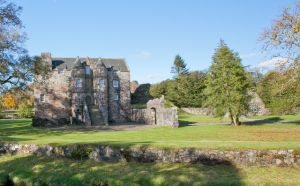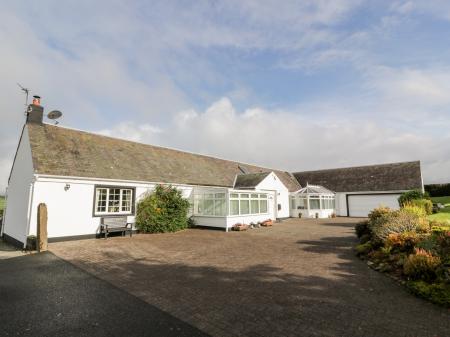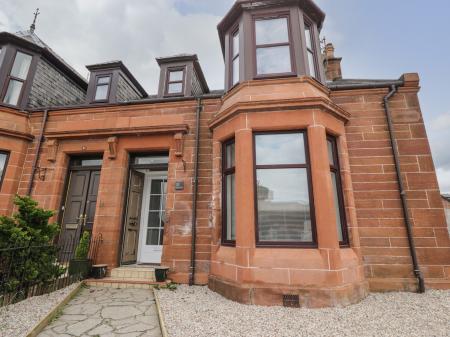
The tower house was extended over the following century with another storey added. The castle was extended in the late 16th century, with the addition of two drum towers. In the 17th century, the undercroft was enlarged and the first floor raised, while simultaneously lowering the basement floor.
Another courtyard and gateway were added around 1661. In the early 20th century a new house was built to the north-west, and the medieval castle fell into disrepair. Excavations nearby have revealed cremation burials dating to at least the Bronze Age or even earlier, suggesting that the Rowallan site has been in use for thousands of years.
Until recently the castle was only rarely open to visitors, but Historic Scotland, who cared for the site, offered pre-booked guided tours during the summer. In 2015 after a protracted legal dispute, the castle passed out of Historic Scotland's care. As far as we can determine the castle is once again closed to casual visitors.
 We've 'tagged' this attraction information to help you find related historic attractions and learn more about major time periods mentioned.
We've 'tagged' this attraction information to help you find related historic attractions and learn more about major time periods mentioned.




